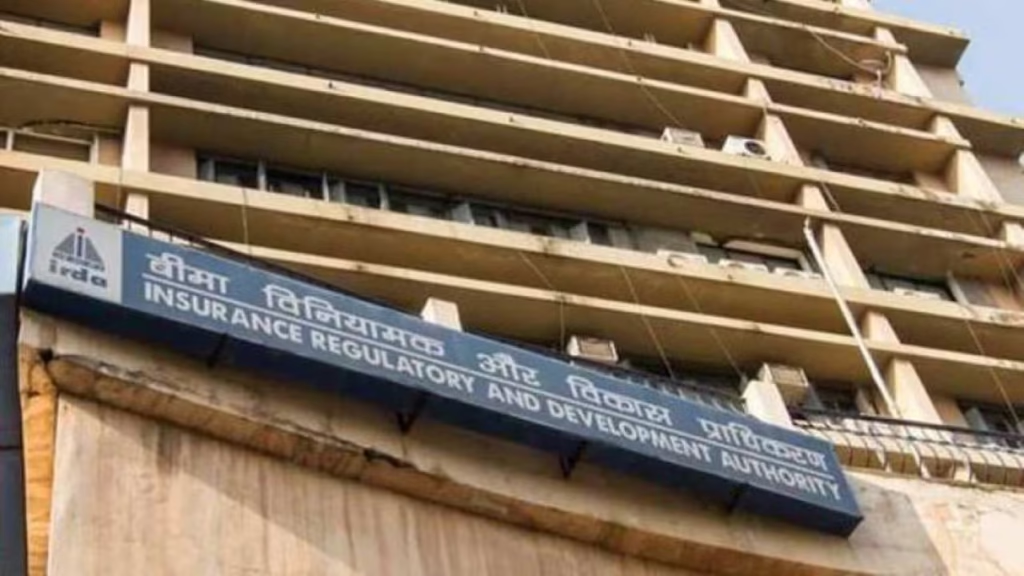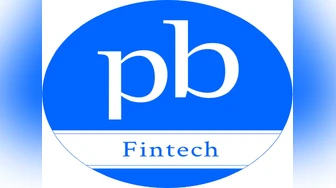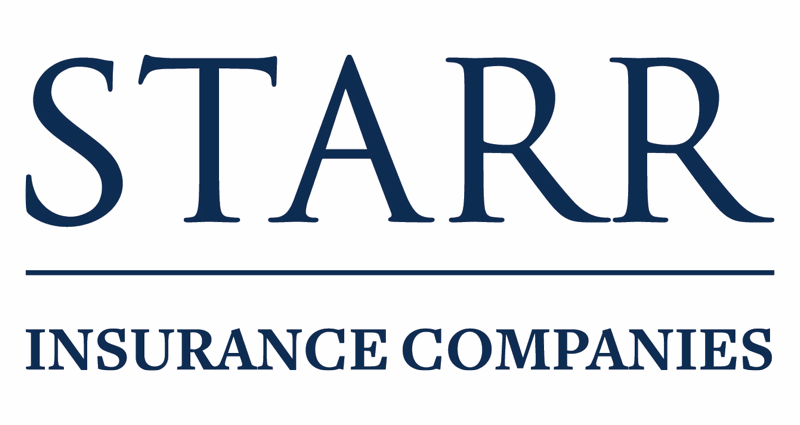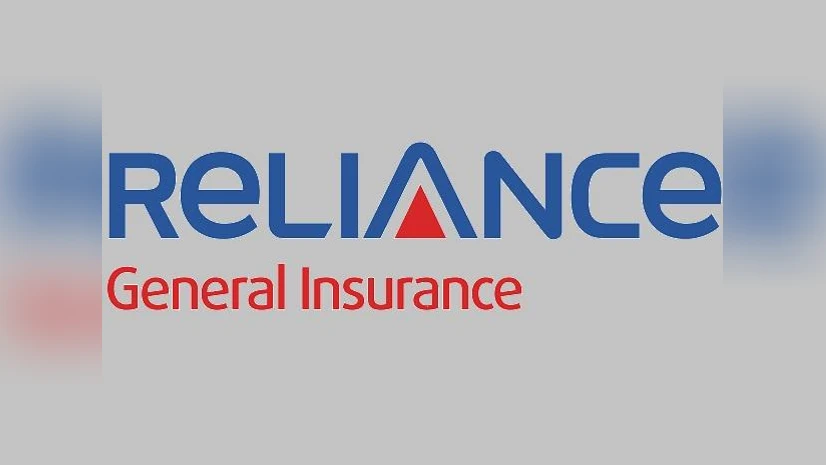IRDAI Plans to Curb High Insurance Commissions: The Insurance Regulatory and Development Authority of India (IRDAI) is preparing to overhaul the way insurance commissions are structured, in a move that could significantly reshape the economics of India’s insurance sector. According to sources cited by CNBC-TV18, the regulator has expressed serious concerns over rising commission payouts and distribution costs — two factors that have long inflated the cost of insurance products for consumers. In a recent meeting with the CEOs of leading insurance companies, IRDAI urged the industry to consider adopting a model similar to the Total Expense Ratio (TER) cap used in mutual funds.
The development comes at a time when India’s insurance industry is witnessing rapid growth but still grappling with low penetration levels and high acquisition costs. By limiting commissions and improving cost transparency, IRDAI hopes to make insurance products more affordable, transparent, and accessible — a crucial step toward achieving the government’s vision of “insurance for all.” The regulator has also emphasized the need to accelerate health claims settlement, enhance service quality, and meet mandatory obligations in social and motor insurance segments, signaling a broader agenda for industry reform.
If implemented, a TER-like framework could have far-reaching implications. It could lower premium costs for policyholders, improve transparency in commission structures, and force insurers to rethink their distribution strategies. At the same time, it may also disrupt existing agent-driven models, impacting commission-based earnings and compelling insurers to adopt more technology-driven, cost-efficient distribution channels.
Why IRDAI Wants to Cap Insurance Commissions
Rising Costs Are Hurting Affordability
Insurance distribution costs — including commissions paid to agents and intermediaries — account for a significant portion of policy premiums in India. In some cases, these costs can exceed 20% of the premium amount, which directly impacts affordability for policyholders. IRDAI believes that bringing these costs under control is essential to expanding insurance penetration, which still hovers around 4.2% of GDP — well below the global average.
Learning from the Mutual Fund Industry
The mutual fund sector offers a successful example of cost regulation. By imposing a Total Expense Ratio (TER) cap, the Securities and Exchange Board of India (SEBI) ensured that asset management fees and distributor commissions remained within transparent and predictable limits. IRDAI now wants to explore a similar approach for insurance products, which could result in uniform commission structures and lower consumer costs.
What Is the Total Expense Ratio (TER) Model?
The TER is a regulatory cap that defines the maximum total costs an investment fund can charge its investors, including management fees, distributor commissions, marketing expenses, and other operational costs. In mutual funds, this model has been instrumental in improving transparency, protecting investors, and reducing cost leakage.
By adapting a TER-like model to insurance, IRDAI aims to:
- Introduce a standardized commission structure across the industry.
- Make total distribution costs more transparent to policyholders.
- Encourage insurers to compete on efficiency and service quality rather than just commission payouts.
Proposed Changes Under Consideration
According to sources, IRDAI has already initiated discussions with insurers and asked them to prepare a presentation on how a TER-based commission model could be implemented. Several key proposals are being considered:
1. Disclosure of Commissions on Policy Documents
Insurers may be required to clearly disclose the amount of commission paid to agents and distributors in the policy documents themselves — a move that would significantly improve transparency for consumers.
2. Setting a Cap on Total Distribution Expenses
Instead of allowing commissions to vary widely by product type or insurer, a TER-like framework would set a fixed ceiling on total distribution costs, thereby ensuring that premiums remain competitive.
3. Formation of a Sub-Committee
IRDAI is expected to establish a dedicated sub-committee tasked with evaluating various implementation models and making formal recommendations. This committee will consult with industry stakeholders, consumer advocates, and regulatory experts before finalizing the proposal.
Read about: Mizoram Man Wins Rs 5 Lakh Compensation After Insurance Claim Denied
Impact on Insurers, Agents, and Policyholders
For Insurers
Insurance companies will need to restructure their cost models and possibly rethink how they incentivize agents. The focus may shift toward digital distribution, direct sales, and bancassurance models, which are more cost-efficient and scalable.
For Agents and Distributors
Agents could see their commission incomes reduced or standardized, impacting their earnings. However, a transparent system might also enhance consumer trust, potentially leading to higher policy volumes over time.
For Policyholders
The biggest beneficiaries could be consumers. Lower distribution costs may translate into more affordable premiums, simpler policy structures, and greater clarity on where their money goes.

IRDAI Broader Agenda: Beyond Commission Caps
The regulator’s current initiative is part of a broader strategy to strengthen the insurance ecosystem. During the same meeting, IRDAI reiterated its priorities:
- Boosting insurance penetration: Expanding coverage to underinsured segments remains a key objective.
- Faster health claim settlements: Improving turnaround times for health insurance claims is crucial for consumer satisfaction.
- Social sector and third-party obligations: Insurers must meet their commitments in priority segments, including motor third-party liability and social security schemes.
Conclusion: A New Era of Transparency and Efficiency in Indian Insurance
The proposed TER-style commission cap marks a significant turning point for the Indian insurance industry. If implemented, it could fundamentally reshape how policies are sold, priced, and perceived. By reducing hidden costs and making commission structures more transparent, IRDAI is signaling its intent to align the sector more closely with consumer interests.
This move is not just about cost reduction — it’s about creating a more efficient, trustworthy, and accessible insurance ecosystem. As distribution models evolve, insurers will have to innovate, and agents may need to adapt to new compensation structures. But in the long run, the industry is likely to benefit from greater trust, wider reach, and stronger growth fundamentals.
For consumers, this could mean simpler choices, more affordable premiums, and better value for their money. And for the industry, it’s an opportunity to modernize, streamline, and evolve in step with global best practices.
As the IRDAI continues to refine its proposals and gather industry feedback, one thing is clear: the era of opaque commission structures may be coming to an end, ushering in a new chapter for India’s fast-growing insurance sector.
Also read: Ferrari F80 (2025) Review: The 1,183bhp Tech-Laden Supercar That Redefines Performance
FAQ: IRDAI’s TER-Style Commission Cap Explained
1. What is IRDAI proposing regarding insurance commissions?
IRDAI is exploring a model similar to the Total Expense Ratio (TER) used in the mutual fund industry. This would place a cap on total distribution expenses, including agent commissions, to improve transparency and reduce costs for policyholders.
2. How could this impact insurance premiums?
By limiting commissions and distribution expenses, insurers could reduce overall policy costs. This would likely result in lower premiums for consumers, making insurance products more affordable and competitive.
3. Will insurance agents earn less under a TER model?
Possibly. Commissions may be standardized or reduced, which could impact agent earnings. However, the increased transparency and consumer trust could lead to higher policy volumes, offsetting some of the loss.
4. When will the new commission structure be implemented?
The proposal is still in the discussion phase. Insurers have been asked to submit presentations, and IRDAI plans to form a sub-committee to recommend implementation strategies. A final timeline will depend on industry feedback and regulatory approvals.
5. How will this benefit policyholders in the long term?
Policyholders stand to gain from lower premiums, more transparent pricing, and simplified policy documents. They will also be able to make more informed decisions, knowing exactly how much of their premium goes toward commissions and distribution costs.






